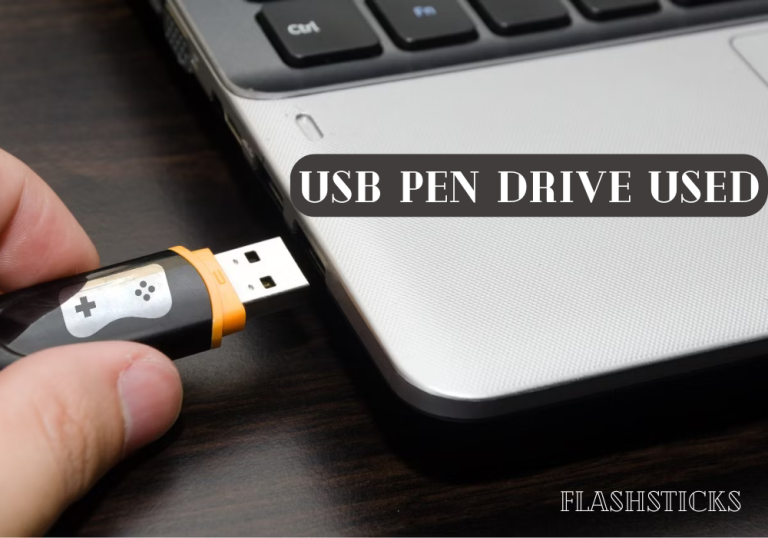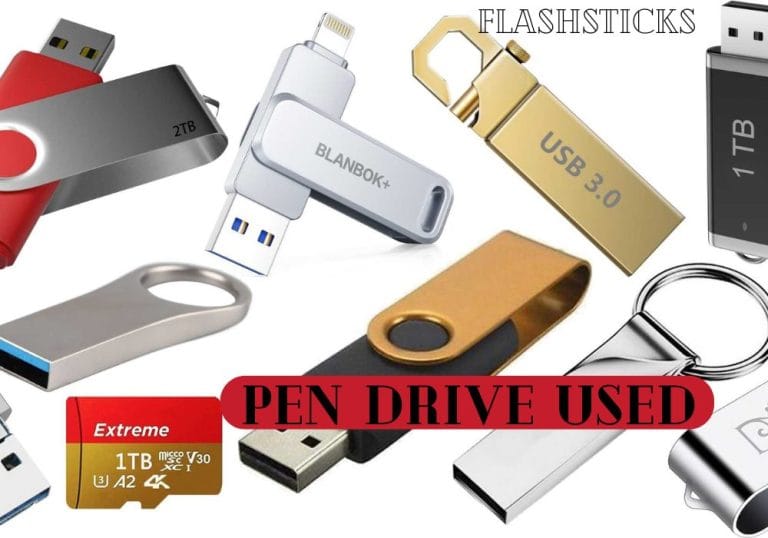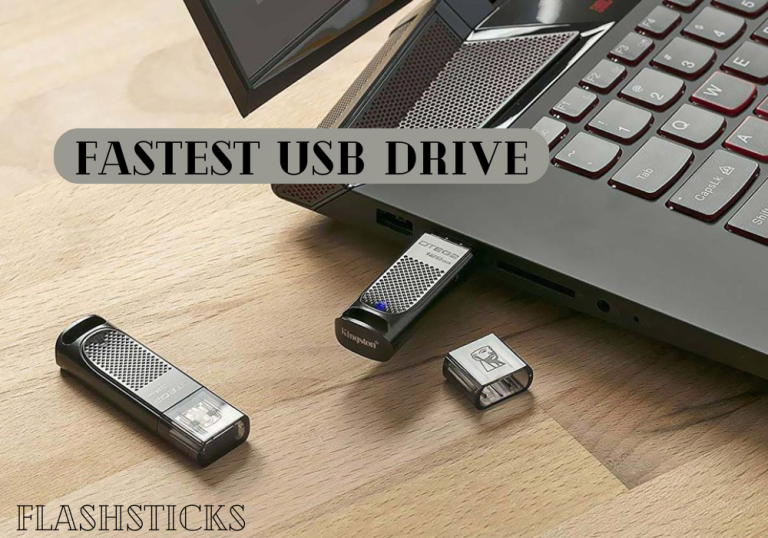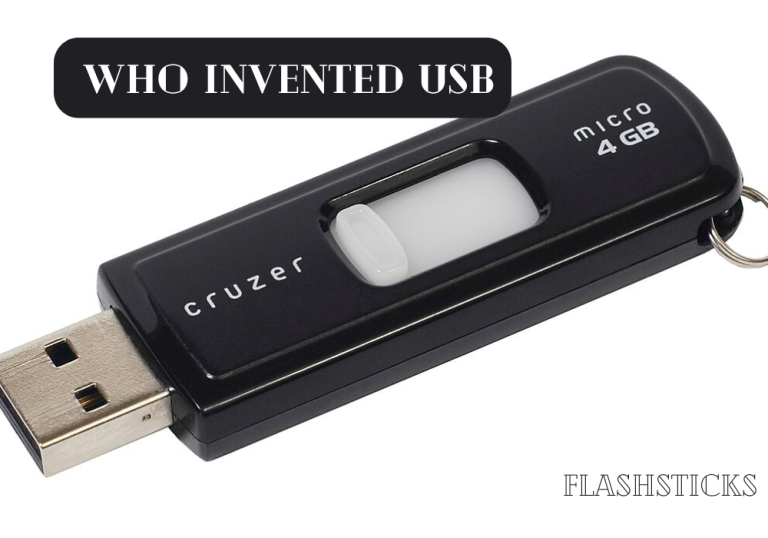USB drives vs external hard drives: Which is better?
“`In today’s digital age, the demand for portable data storage solutions has surged, leading to the widespread use of USB drives and external hard drives. Both these devices offer unique benefits and are suited to different needs. This article aims to comprehensively compare USB drives and external hard drives so you can determine which is better for your specific requirements.
Understanding the Basics
What Are USB Drives?
USB drives, also known as flash drives or thumb drives, are compact, portable storage devices that use flash memory to store data. They connect to devices via USB ports and have become popular due to their portability and ease of use.
What Are External Hard Drives?
External hard drives are larger storage devices that use either solid-state drives (SSD) or hard disk drives (HDD) to store data. They connect to computers via USB, Thunderbolt, or other ports and offer significant storage capacity, making them suitable for larger data needs.
Key Comparison Factors
Storage Capacity
One of the primary differences between USB drives and external hard drives is their storage capacity.
| Device | Storage Capacity Range |
|---|---|
| USB Drive | 2GB to 2TB |
| External Hard Drive | 500GB to 20TB |
Portability
When it comes to portability, USB drives take the lead due to their small size and lightweight nature. They easily fit into pockets, wallets, and keychains, making them ideal for on-the-go usage. External hard drives, while portable, are bulkier and require a bit more space as they are typically larger and heavier.
Durability
USB drives, being solid-state, are generally more durable and resistant to physical shocks as they have no moving parts. External hard drives, particularly those with HDDs, are more susceptible to damage from drops and physical impact, although SSD external hard drives improve greatly in this regard.
Speed
Speed varies significantly between USB drives and external hard drives, largely depending on the technology used (USB 2.0, USB 3.0, SSD, or HDD). Here’s a general speed comparison:
| Device | Average Transfer Speed |
|---|---|
| USB Drive (USB 2.0) | 480 Mbps |
| USB Drive (USB 3.0) | 5 Gbps |
| External Hard Drive (HDD) | 160 Mbps – 250 Mbps |
| External Hard Drive (SSD) | 600 Mbps – 3 Gbps |
Price
While both devices’ costs have decreased over time, there are still price differences based on the type and storage capacity. USB drives are generally cheaper for lower capacities, but the price can increase significantly as capacity increases. External hard drives offer more storage per dollar, especially in higher capacities.
Security
Security features can vary between USB drives and external hard drives. Some USB drives come with hardware encryption and password protection, making them ideal for storing sensitive data. External hard drives also offer these features but are also available with more advanced security options such as biometric encryption.
Longevity
The lifespan of a storage device is an essential consideration. USB drives generally offer a longer lifespan as flash memory can withstand more read/write cycles than traditional HDDs. SSD-based external hard drives offer a longer lifespan compared to HDDs but typically shorter than USB flash memory.
Real-World Scenarios
When to Use a USB Drive
- Simple file transfers: Easily move documents, pictures, and small videos between devices.
- Portability: Carry essential data without added bulk.
- Bootable drives: Create bootable drives for operating system installations.
- Presentations: Store and transport large presentations easily.
When to Use an External Hard Drive
- Large data backups: Backup large quantities of data, including system images.
- Media storage: Store extensive media collections like movies, music, and photos.
- Professional use: Ideal for professionals who work with large files such as video editors.
- Gaming: Store large game libraries that outgrow internal storage capacities.
Benefits and Practical Tips
Benefits of USB Drives
- Highly portable and lightweight
- Cost-effective for smaller capacities
- Durable with no moving parts
- Simple plug-and-play functionality
Benefits of External Hard Drives
- Massive storage capacities available
- Cost-effective for large storage needs
- Suitable for extensive backups and media storage
- Advanced security features available on some models
Practical Tips
- Assess your storage needs: Determine how much data you need to store and select the appropriate device.
- Consider compatibility: Ensure the storage device is compatible with your computer or other devices.
- Backup regularly: Regardless of the storage device, regularly back up your data to prevent loss.
- Security measures: Use encryption and password protection when storing sensitive information.
Conclusion
Both USB drives and external hard drives offer valuable storage solutions, each with distinct advantages. USB drives are excellent for portability and smaller storage needs, while external hard drives offer substantial capacity and advanced features suitable for more extensive data storage. Ultimately, the choice between the two will depend on your specific requirements, such as storage capacity, portability, and budget.
By understanding the key differences and benefits of each, you can make an informed decision that best meets your data storage needs.
“`







